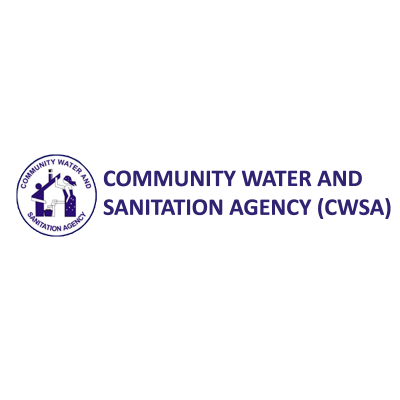Share
Print

Until the early 1990s, the Ghana water and sewerage corporation (GWSC) had been responsible for urban rural water supply since 1965. Form 1965 to 1985, not much attention was paid to rural water supply. For instance, it was estimated that within this period only 2.2 million (28%) of the rural population had access to improved water whilst urban coverage was over 60%. This led to the creation of the Rural water Department within the (GWSC) in 1986 to focus more attention to the provision of water and sanitation to rural people. Some facilities was provided but these could not be sustained due to nonpayment of tariffs by beneficiary communities resulting in little or no maintenance of the facilities by the centralized maintenance Units of GWSC.
The United Nations General Assembly declared the period 1981_1990 as the international Drinking Water and Sanitation Decade. This was to ensure that by the end of the decade, nations would have made significant strides in the delivery of water and sanitation facilities to their populace.
The Ghana Government, in line with the agenda for the decade initiated a review of its policies on water and sanitation provision to keep pace with the changing conditions in the country and on the international scene. In 1987 therefore, a donor conference on water and sanitation was held at the Ambassador Hotel in Accra, at which pledges were invited from donors. In February 1991, about sixty participants form Sector Institution and External Support Agencies (ESAs) met at Kokrobite for a workshop to prepare for a rural water and sanitation sector strategy. After for yeas of consultation, a National Community Water and Sanitation Programme (NCWSP) was launched in 1994, in line with the Governments decentralization policy.
